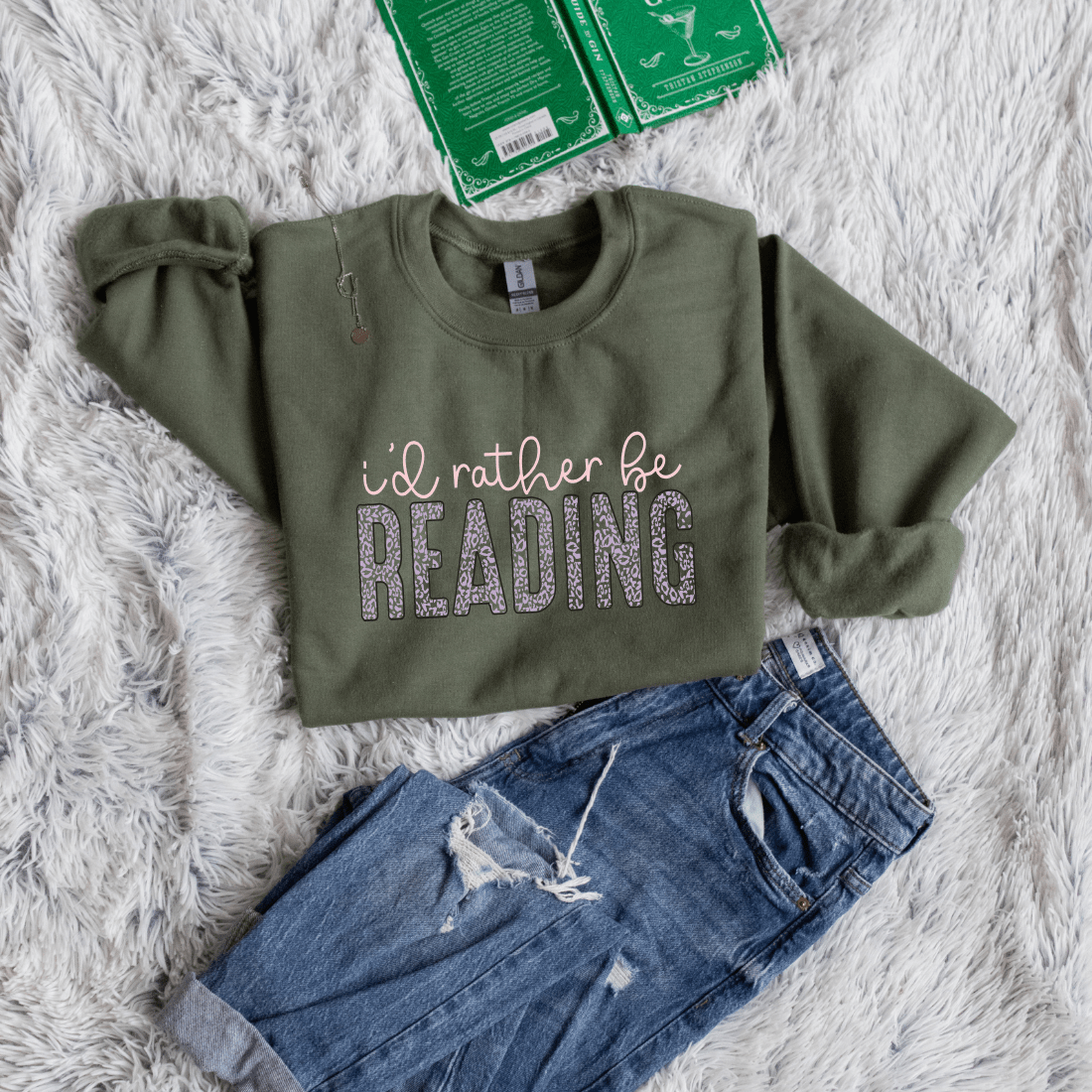
How to Incorporate Journaling into Your Book Club Routine
Table of content
- 1. Key Takeaways
- 2. Why Journaling Belongs in Every Book Club
- 3. Types of Book‑Club Journals and How to Pick One
- 4. Building the Routine: When and How to Write
- 5. Prompts That Turn “Nice Book” Into Insight
- 6. Creative Spins: Art, Collage, and Shared Spreads
- 7. A Quiet Path for Introverts
- 8. Linking Journals to Long‑Term Goals
- 9. Budget Tools and Ready‑Made Kits
Key Takeaways
- Journaling captures fresh reactions and makes book‑club talks deeper and clearer.
- Short writing bursts fit easily into busy meetings and keep the habit realistic.
- Focused prompts move members beyond “I liked it” and spark richer insights.
- Creative formats—bullet logs, art spreads, shared docs—welcome every learning style.
- Writing first gives shy readers a safe way to organize thoughts before speaking.
- Journals help track long‑term reading goals and show growth over months and years.
- Common worries (time, supplies, tech) have simple fixes once you know the options.
Why Journaling Belongs in Every Book Club
Reading is personal; discussion is social. A short writing break bridges the two. When members jot thoughts right after a chapter—or minutes before the meeting starts—they store fresh reactions while feelings are still sharp. Later, that page reminds them why a scene hit hard or why a twist felt flat.
Studies show reflection improves memory retention and empathy.¹ In my own club, we tested “silent ten.” We wrote in notebooks for ten minutes before talking. Shy members spoke up more, because they already sorted their ideas on paper.
- Mental health boost: Writing feelings lowers stress hormones. See our guide on Books That Help With Stress Relief and Relaxation.
- Discussion fuel: Notes turn vague feelings into clear points.
- Personal archive: Years later, you can relive the reading journey.
Types of Book‑Club Journals and How to Pick One
| Format | Best For | Watch Out For |
| Bullet journal | Creative minds who love lists and doodles | Setup time each month |
| Plain notebook | Anyone who wants zero fuss | No built‑in prompts |
| App (Notion, Google Docs) | Remote clubs or eco‑minded readers | Screen fatigue |
| Scrapbook | Visual thinkers; themed meetings | Cost of prints & craft items |
I prefer bullet logs for weekly clubs; page numbers and rapid‑logging keep entries neat. Digital apps shine for hybrid groups who meet on Zoom. For a quick comparison of paper options, check The Best Journals for Readers – Pen Heaven.
Building the Routine: When and How to Write
Consistency beats length. Five focused minutes work better than an hour you never find.
Try these models:
- Pre‑meeting pause – open with a timer and soft music.
- Mid‑chat checkpoint – after a heated debate, stop and capture fresh thoughts.
- Post‑meeting digest – write at home before sleep; it locks in ideas during memory consolidation.³
Teams who meet in cafés can trade voice notes in a shared Google Drive; this counts as digital journaling. Link habit cues to existing rituals (snack time, tea refill). See Reading Rituals That Help You Unwind and Focus for more pairing ideas.
Prompts That Turn “Nice Book” Into Insight
Generic questions stall conversation. Use pointed prompts instead:
- Which line would you highlight forever?
- Where did the author’s choice surprise you most?
- What emotion lingered after the final page?
Rotate one question per meeting or let members pull cards from a jar. Find more in 5 Questions to Spark Engaging Book Club Discussions. For printable cards, my group uploads prompts into Canva, leaves the center blank for meeting date, and prints on recycled cardstock.
Creative Spins: Art, Collage, and Shared Spreads
Words are only one layer. Add sketches of character outfits, glue café receipts from a themed field trip, or press leaves that match a woodland setting. A rotating club scrapbook brings everyone’s art together. We pass it around each month; the result feels like a time‑capsule.
Tip: Keep a box of washi tape, mini printers, and colored pens in the meeting room. Members donate supplies over time. For step‑by‑step craft tips, visit How to Create a Personalized Book Gift Box.
A Quiet Path for Introverts
Not every reader loves speaking in a crowd. Journaling offers a gentle on‑ramp:
- They write first, then choose parts to share.
- Leaders can invite “read a favorite line from your page.”
- Private pages remain private—choice stays with the writer.
When we tried this, two silent members became regular contributors within three sessions. More ideas for low‑pressure interaction live in How to Find Reading Buddies in the Digital Space.
Linking Journals to Long‑Term Goals
A journal is data with soul. Use trackers for:
- Books finished
- Pages per week
- Mood icons after each session
Plot progress monthly. Visual charts turn streaks into motivation. Pair this system with How to Achieve Your 2025 Reading Goals for a full planning guide.
Budget Tools and Ready‑Made Kits
Big results need small supplies:
- Notebook packs from local dollar stores
- Refillable gel pens
- DIY sticker sheets featuring favorite quotes
- Printable covers from Canva
For club swag, browse Bookish Wardrobe accessories like linen‑bound journals and enamel pen sets. Bundle them into welcome kits along with custom bookmarks. To keep costs fair, rotate who brings extras each month or split a bulk order.
Do we need fancy notebooks?
No. Any paper—lined or plain—works. Consistency beats style.
How long should each entry be?
Aim for five to ten minutes. Short bursts feel less like homework.
What if members forget their journals?
Keep spare index cards. Tape them in later.
Can digital and paper mix?
Yes. Some members type; others draw. Share summaries at meetings.
How do we start with zero budget?
Use recycled paper and pens on hand. Creativity costs less than you think.







